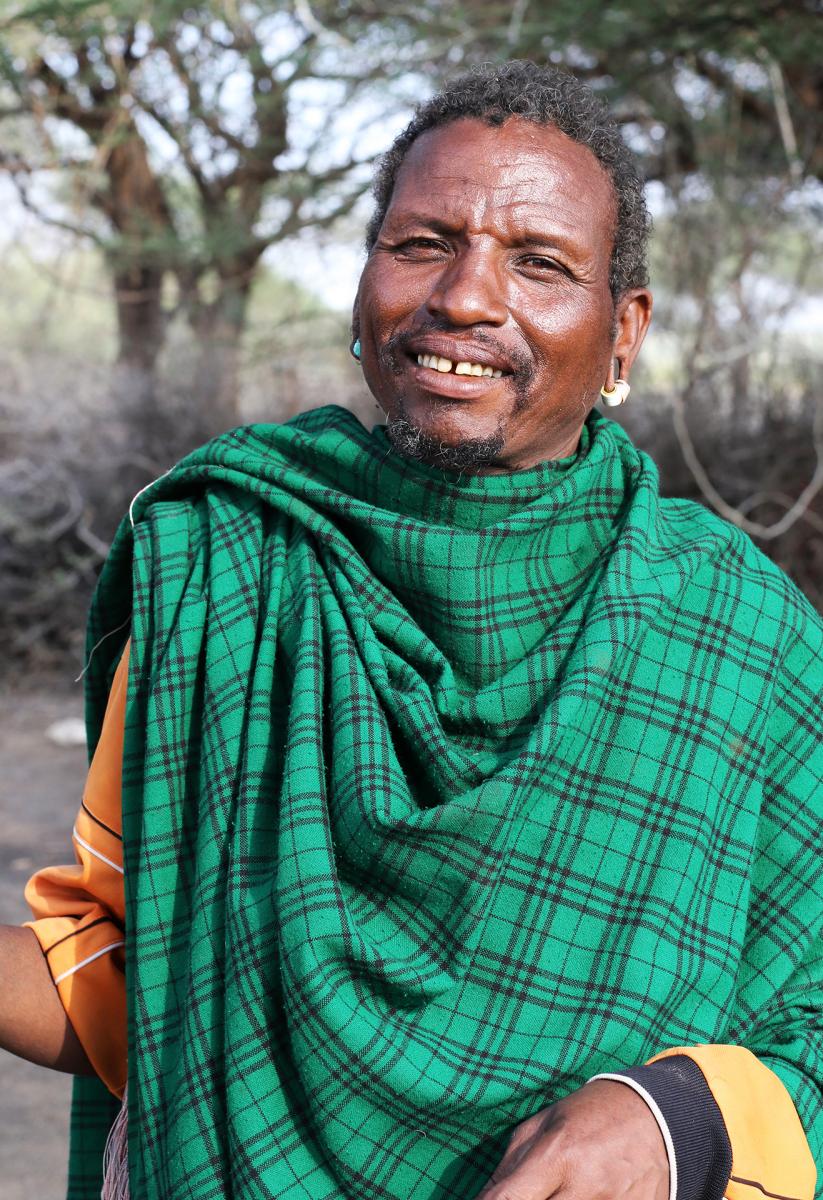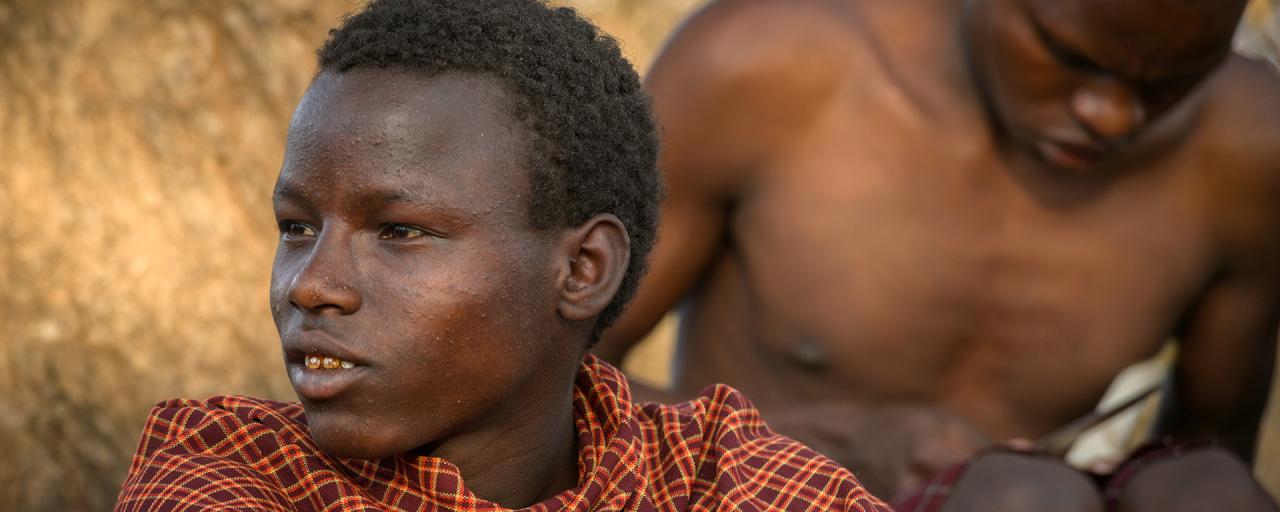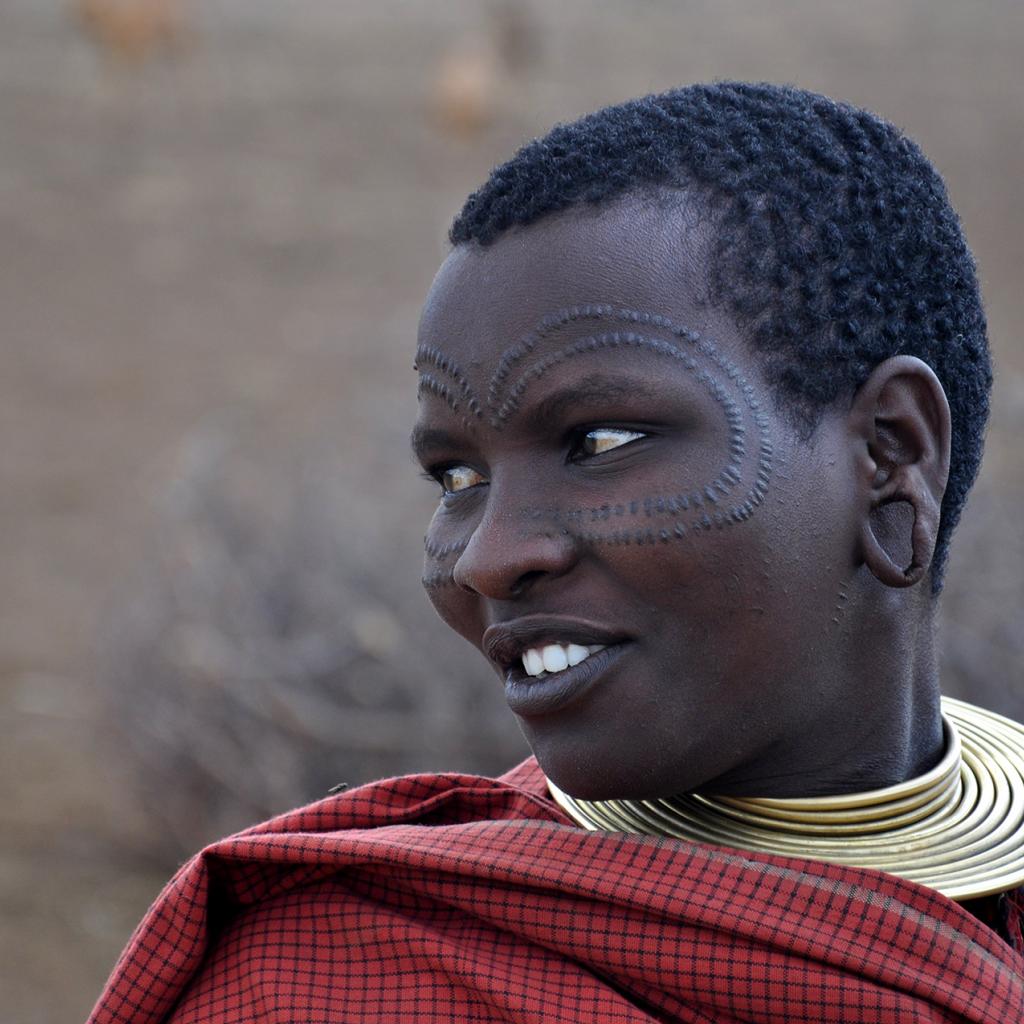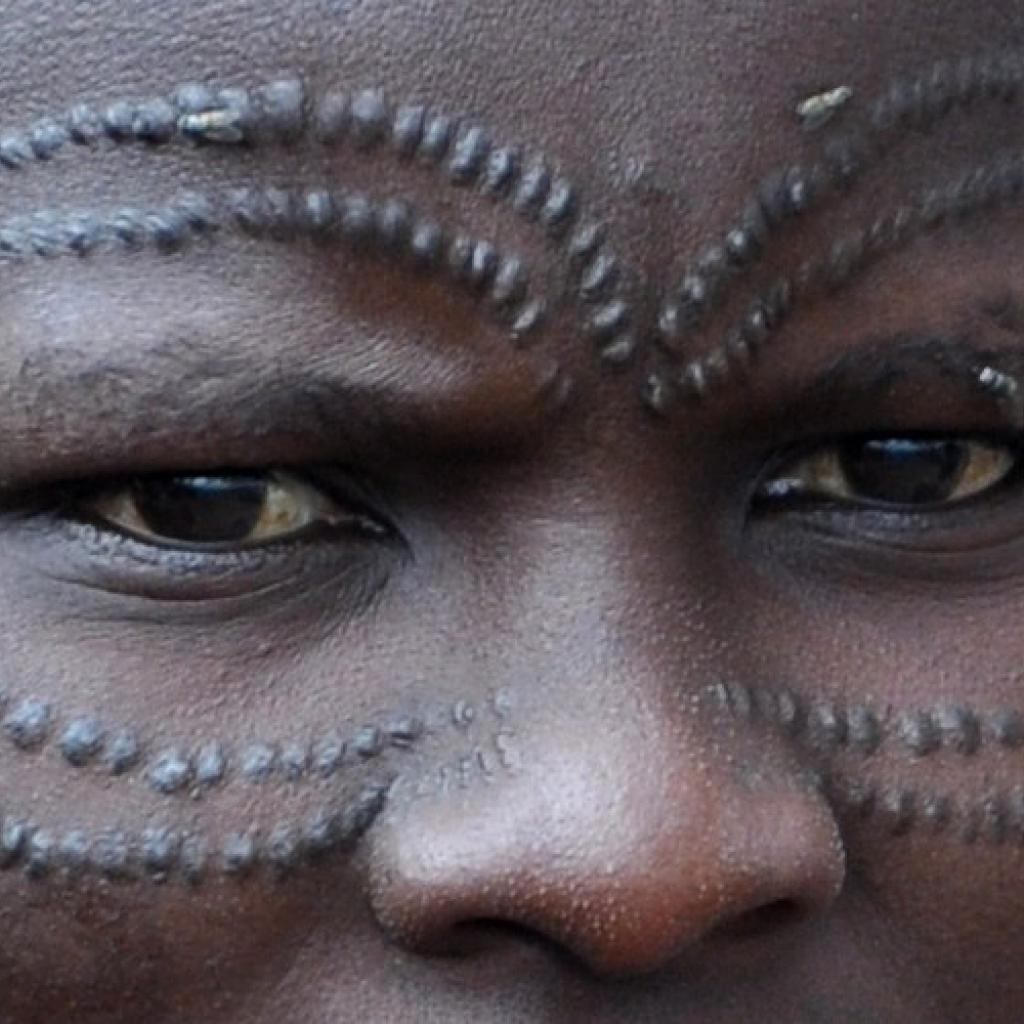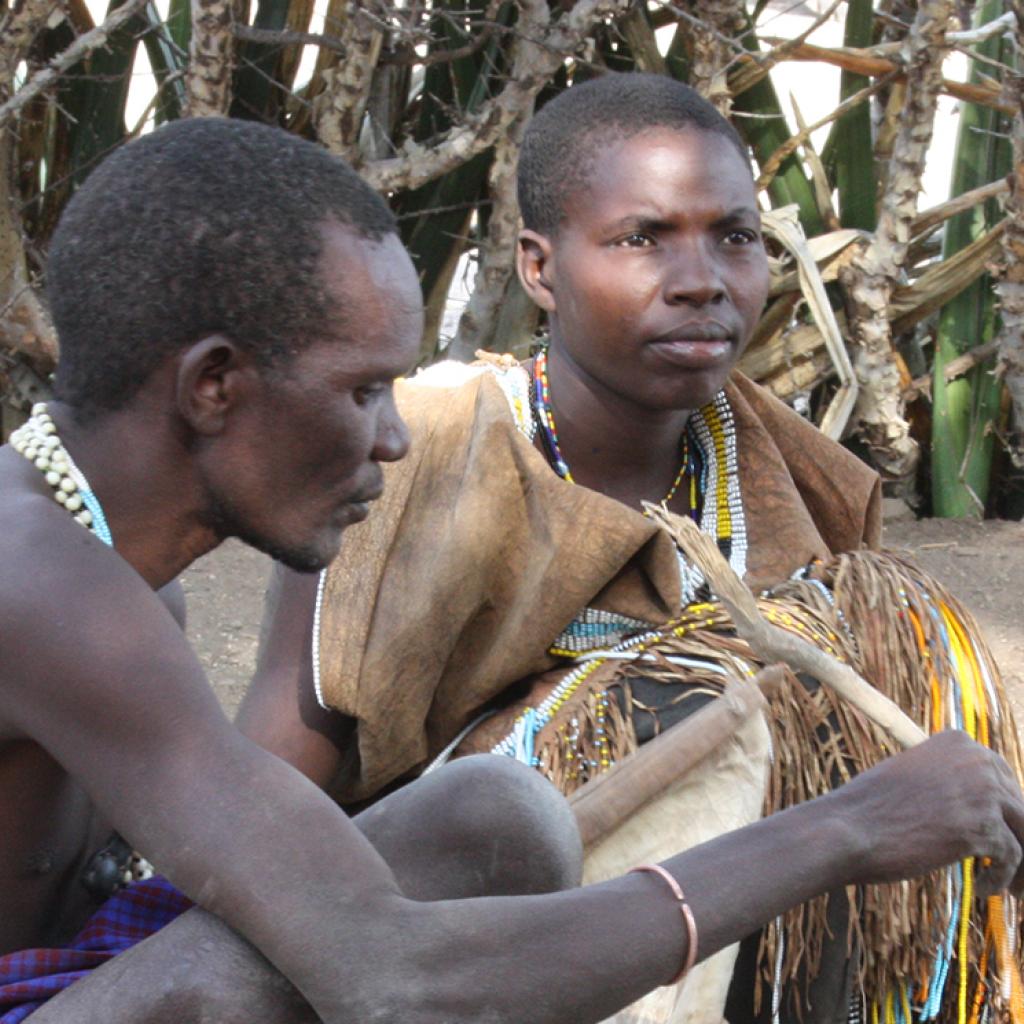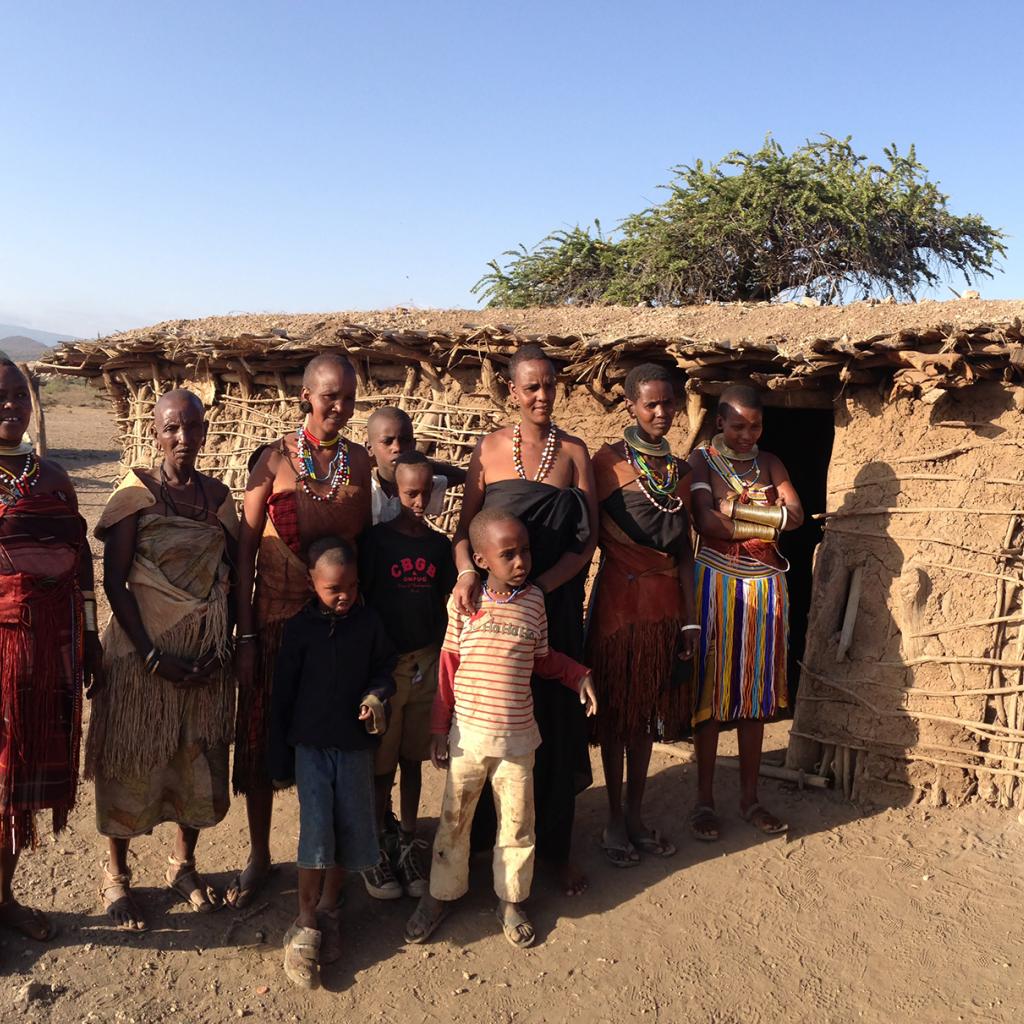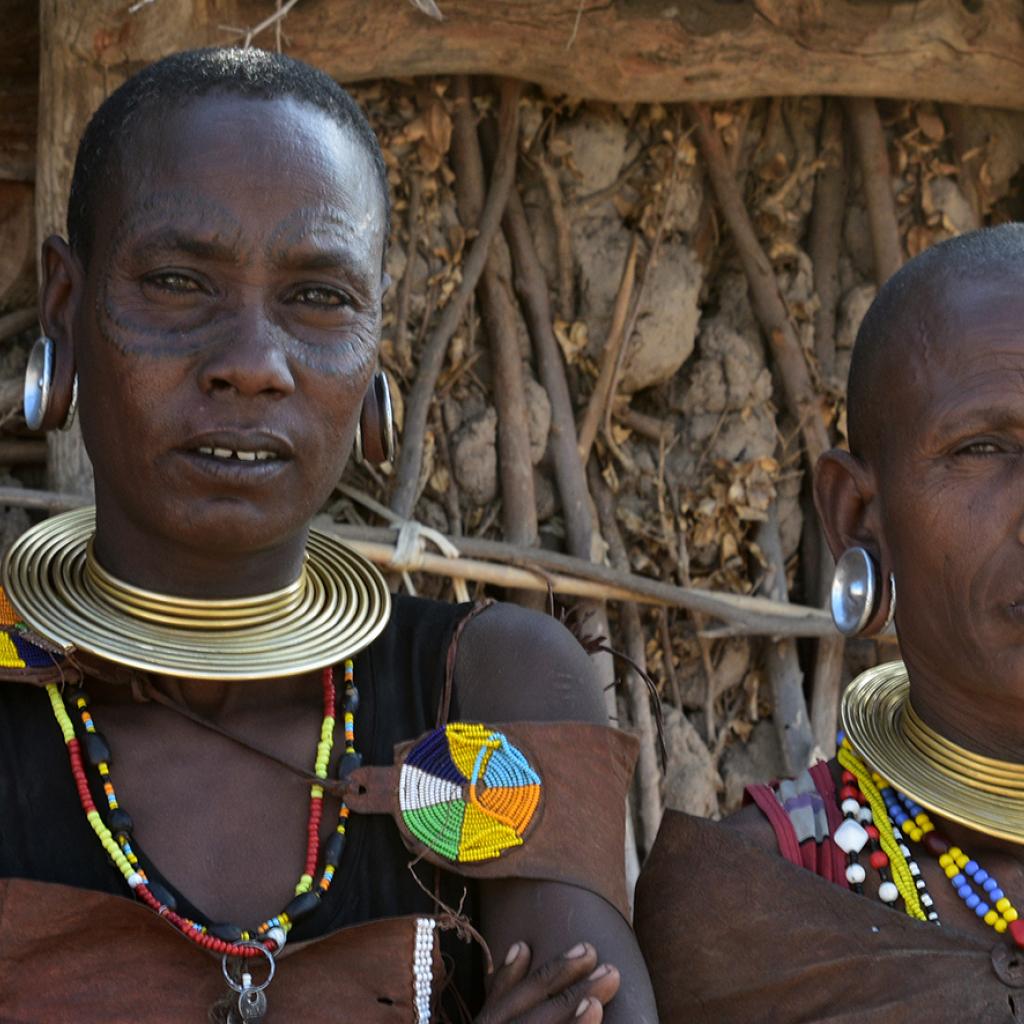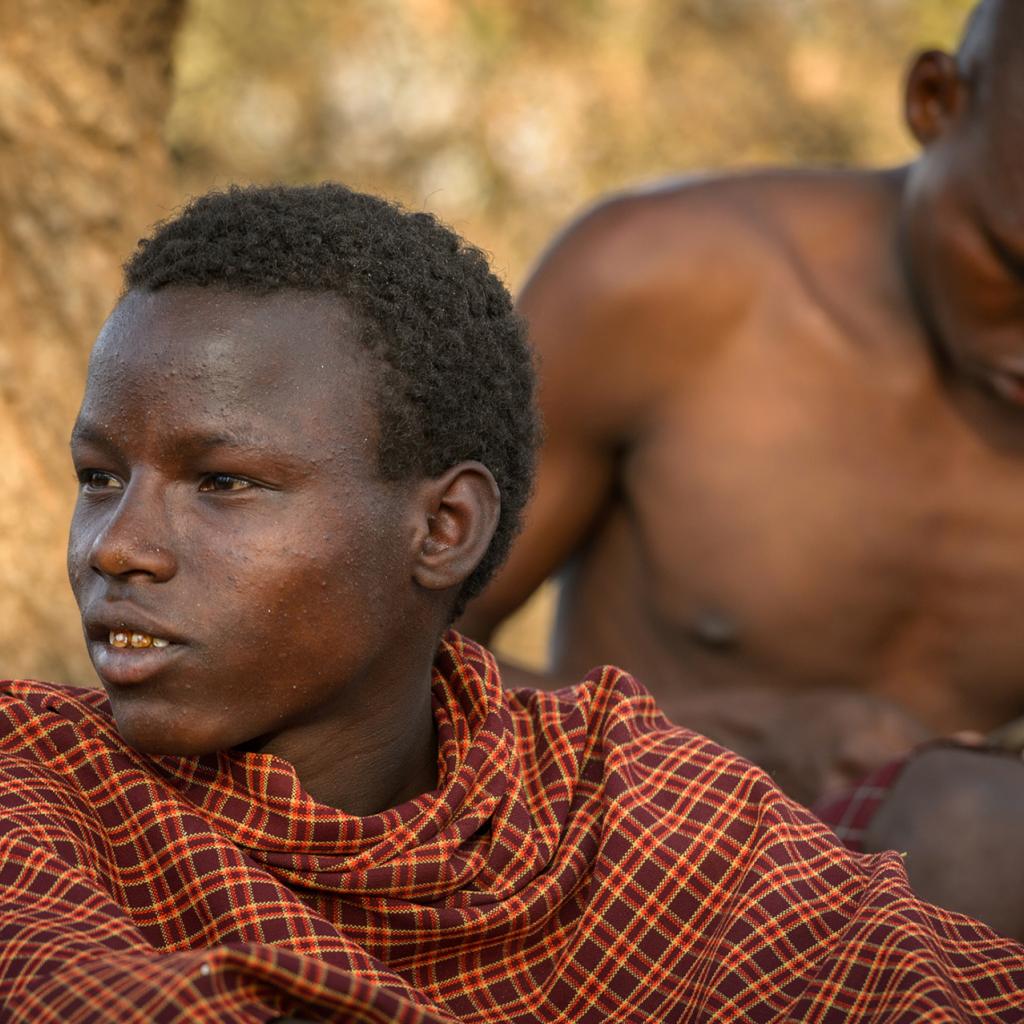Datoga are a population of shepherds largely depending on cattle to survive, they breed goats, sheep and especially African short-horned zebus.
The cattle is very important to the Datoga for several reasons; firstly, they draw the milk, their staple food, secondly, also meat is sometimes used as food; cattle and meat are also a precious source of exchange.
The Datoga use every part of the animal: milk, meat and blood as food; fat for body care and to grease the hide they use to make accessories and clothes; horns to create containers; tendons to obtain ropes; excrements for building their huts and in the practice of some rituals.
Bovines are hardly ever slaughtered, and when they are, it is for getting an important source of proteins.
They are usually milked, and their milk is particularly abundant during the rainy season, when the abundance of grass provides excellent feeding.
During this period, the amount of milk produced exceeds their needs and is used in exchange for agricultural products.
Other animals, such as goats and sheep, are bred for their meat. Goat milk is sometimes used to wean babies, while adults do not drink it.
The basin of Lake Eyasi, the area of Tanzania where the Datoga live, is a dry zone and shepherds have to move constantly, seeking better grazing lands for their cattle.
They use a rotation model for cyclic grazing following the rainy seasons.
Geographically, this region can be divided into three big areas:
- The plains, “Muhajega” in the Datoga language, characterized by grazing lands along the lake shores, where the animals are brought during the peak of the dry season to find water and food.
- A relatively flat forested area, called “Darabet”, extending from the plains to the hills. It is characterized by thickets of acacias, especially Acacia tortilis; this is the area where Datoga farms stand and where the cattle are kept during the rainy season.
- The hills, “Mbulu”, covered with a dense thicket of Acacia brevispica, Aloe and Baobab, are used once the rains cease and until the arrival of the typical drought following them; the hills are avoided during the rainy season due to the overwhelming presence of tsetse flies.
The head of the family is the person who decides how to move the cattle, but there is a standard way of doing things.
During the rainy season and in the following months, i.e. from February to June, the cattle stay near the farms and villages,
They later move to the hills in July and August, coming down by the lake for the dry season, that reaches its peak in late September and in October.
They return to the farms when the drizzles of November and December begin, and they remain there during the following months. to move.
